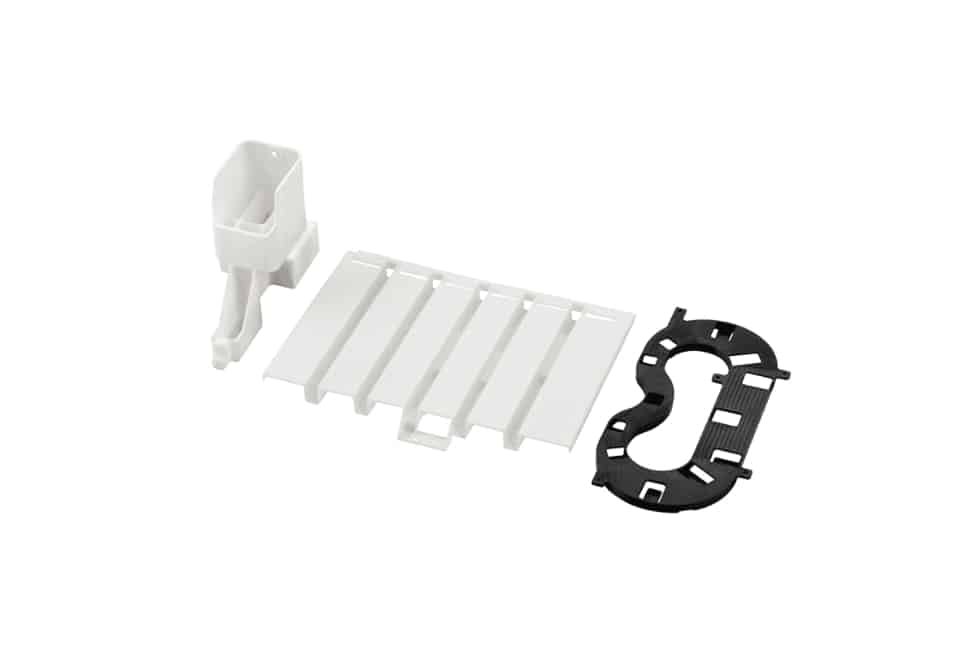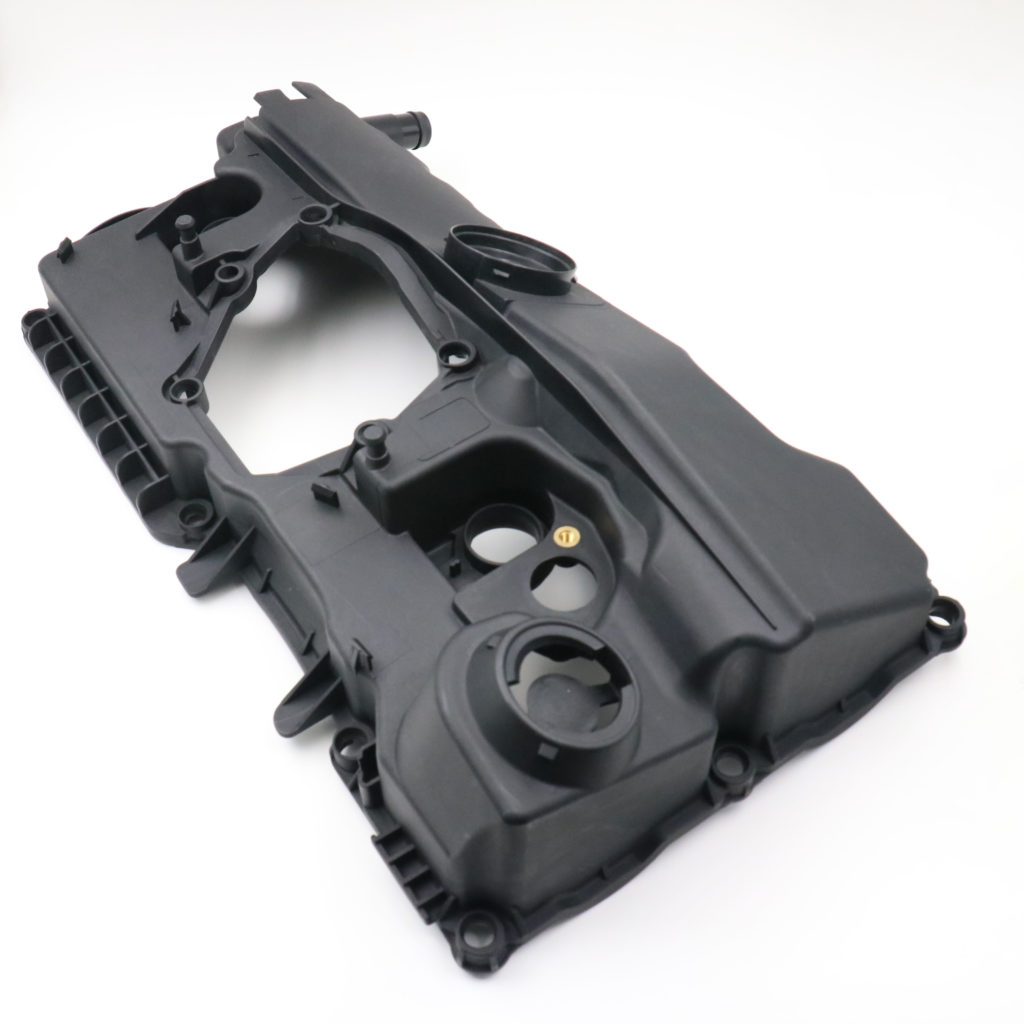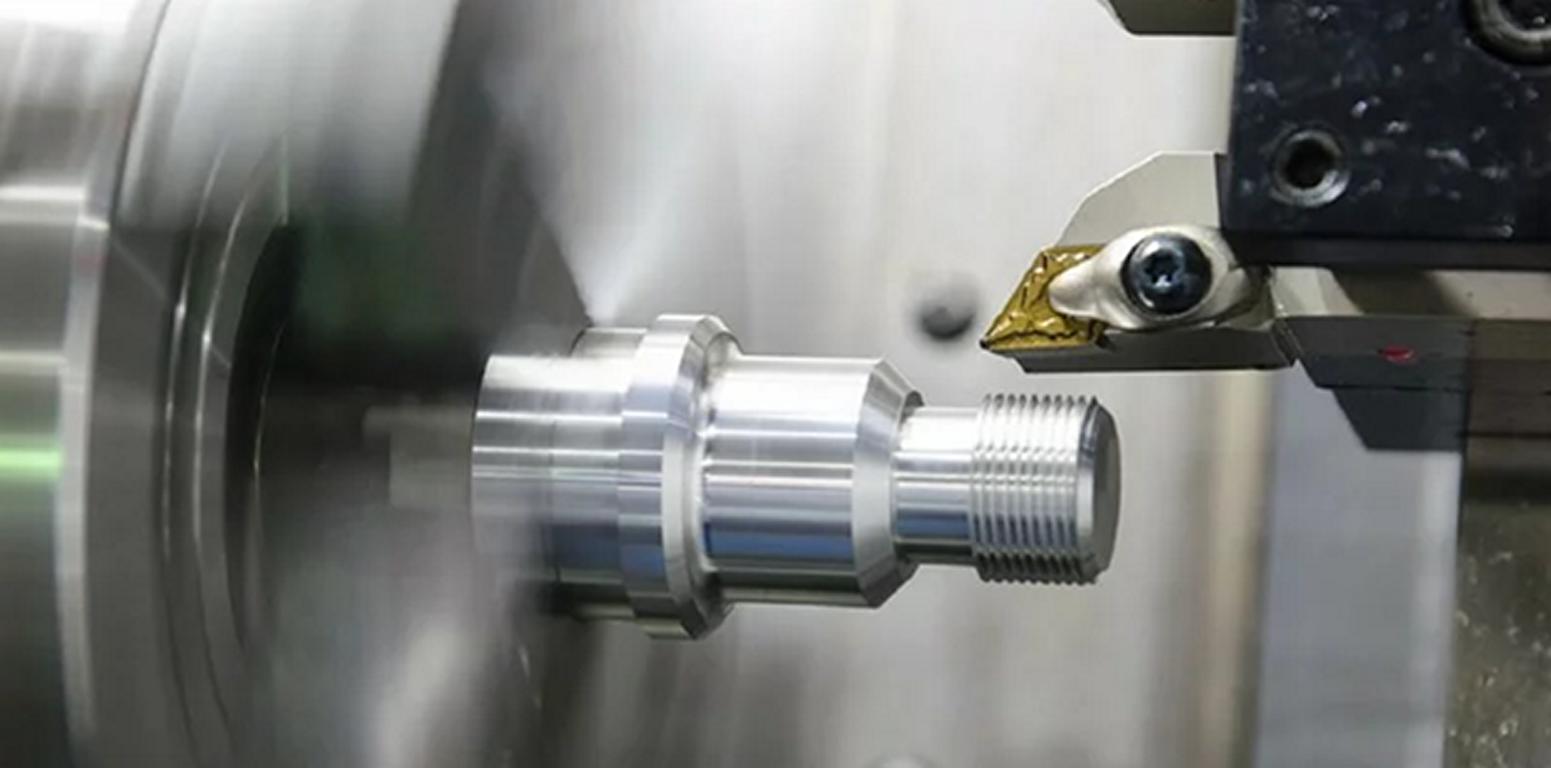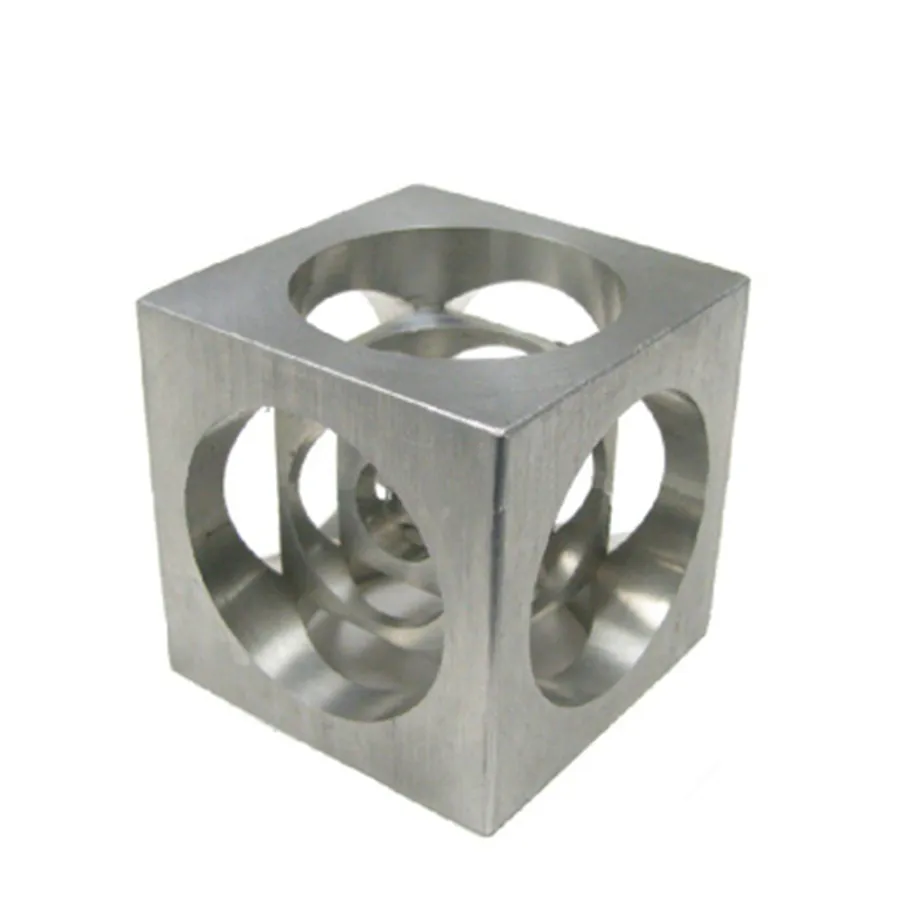Plastic Injection Molding and CNC Plastic Machining are two separate processes that possess different benefits. Plastic Injection Molding produces molded plastic components from plastic pellets that are melted and injected into molds, allowing for high-volume production with complex shapes. Though upfront capital costs and mold creating time may be substantial, the process is cost-effective with greater quantities. It is good at applications requiring high precision, close tolerances and complicated designs.
The other method, CNC Plastic Machining, is the process of removing material from solid blocks using precise tools. Ideal for small to moderate quantities and less complex designs it provides shorter setup times with lower start-up costs than injection molding. Thus, CNC Plastic Machining is valuable especially for prototypes, smaller batches and projects with short horizons. While it may lead to greater waste, particularly for complicated forms, its flexibility and shorter turnaround times make it a favoured option in some cases.
In both processes, material selection plays an important role; Plastic Injection Molding includes a wide range of materials while CNC Rubber Machining has limited options. The other important considerations are precision and tolerance, wherein both methods produce high-precision that can be used for a wide range of applications. The employment of Plastic Injection Molding and CNC Plastic Machining depends on the production volume, part complexity, material needs, money available. Every approach has particular strengths, and the choice should best match what a project requires.






